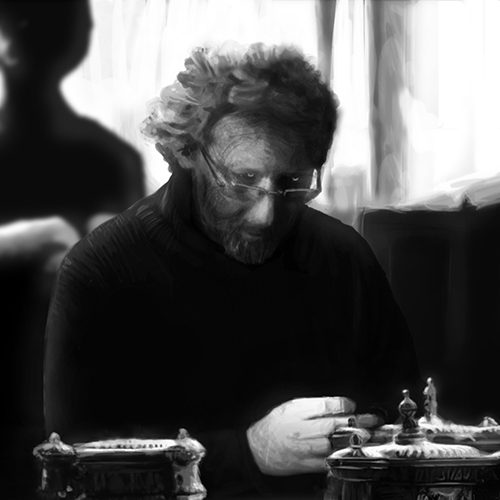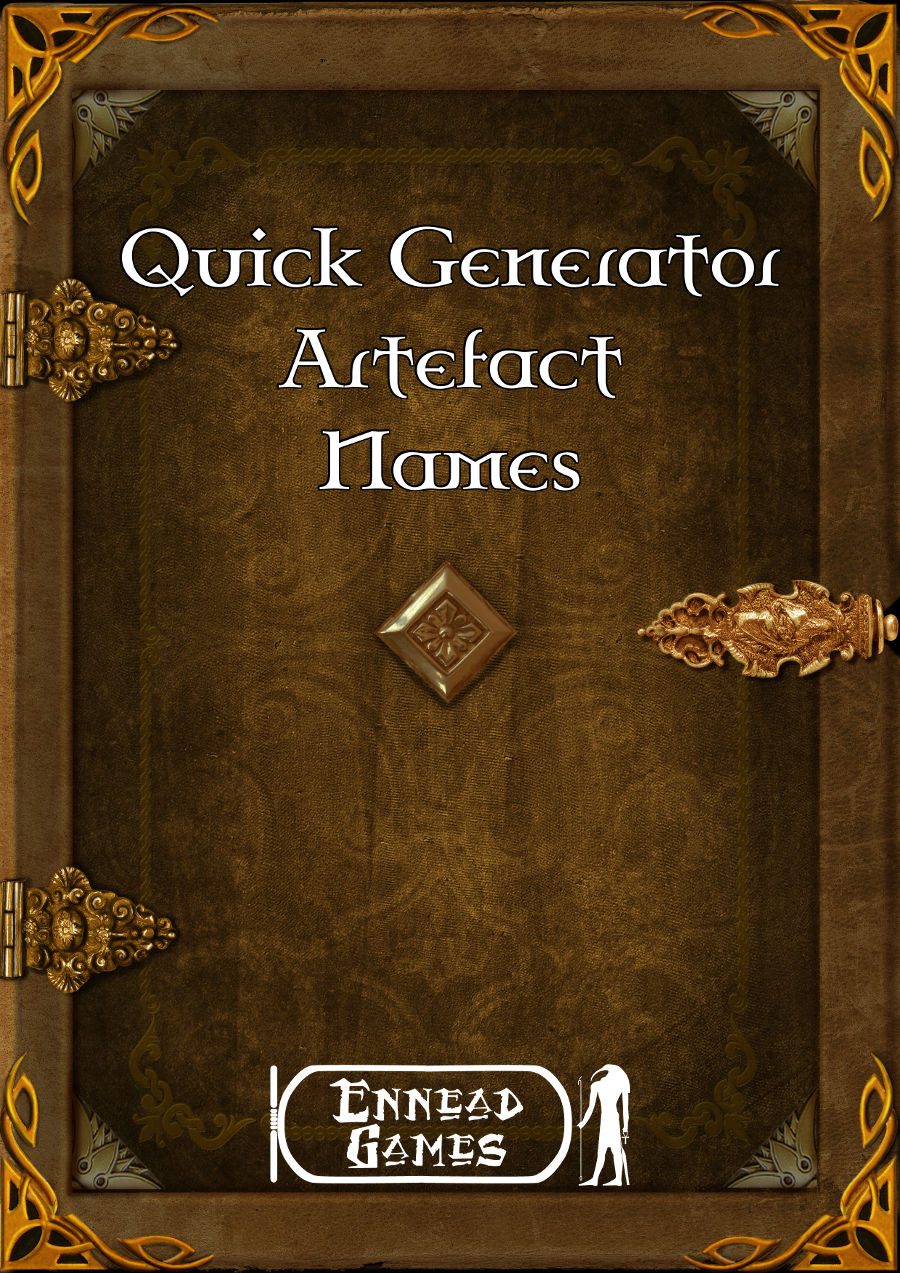
Random Narrative Dungeons
Phil Nicholls blogs at Tales of a GM, where he writes about narrative gaming, faster prep and more story. He is currently running a HeroQuest Glorantha campaign in a home-brew setting. Phil has written for Johnn Four’s Roleplaying Tips newsletter and produced a selection of self-published pdfs.
This essay is taken from the archives at Tales of a GM.
These days I rarely use dungeons as the primary aesthetic of my campaign. However, there is space for an underground complex in a narrative game. If drama comes from conflict, then there is sure to be plenty of drama in a dungeon packed with antagonists.
Here is one method for a narrative GM to stock a dungeon. I did not want to work through the laborious room-by-room prep routine. I have done this in the distant past, only to find it something of a time sink. Plus, for all those rooms that my Players simply ignored, I had outright wasted my time.
The Story of a Dungeon
Here is an account of how I stocked one dungeon for my ongoing narrative campaign. My faster method still hits the elements of the main narrative. Thus, I created short descriptions for the highlights of the ongoing plot. This covered the entrance, the dwarven guards, an arcane war machine related to the broader campaign history, a few chambers of walking dead and the final chamber holding the goal of the dungeon quest.
This left me with about half the rooms empty. Rather than double my workload by making notes for each of these rooms, I just created a list of potential contents. This list is little more than improv-style notes, but serves to reinforce the main themes of the tombs I stocked.
Dungeon Table
As the location to be explored has a tight theme, a network of tombs, it was an easy matter to list the five types of chamber present:
- Clockwork Mechanism, defunct – No threat to the Heroes
- Shelves of Servant Corpses – Eerie, but harmless
- Generic Tombs – Standard dwarven tombs, with nothing of note
- Clockwork Mechanism, active – An active trap to be disarmed or bypassed
- Treasure Tomb – An ornate tomb with valuable contents
- Roll Twice – Combine results
Whenever a Hero walks into an “empty” area of the tombs, I roll a d6, consult the table and describe accordingly. Simple, effective and quickly stocks the peripheral areas of the dungeon for minimal prep.
Advanced Options
It is possible to take this idea further, and add a little more variety to the outcomes. First of all, the 6 result represents an exploding re-roll. If another 6 is rolled on the initial re-roll of two dice, than another two dice are rolled. Furthermore, if a double is rolled on any re-roll, then there are also 1d6 Walking Dead in the chamber.
Secondly, beyond a certain point in the dungeon, as the Heroes near their goal, two dice are rolled for each chamber. Once more, sixes are re-rolled with two more dice. Doubles will also result in d6 Walking Dead. This increases the variety of results, with more combined entries. Plus, it better reflects the overall pace of the story, namely that the stakes are increasing as the Heroes near their goal.
Bigger, More Intense
The next upgrade increases the size of the table. This example has eight entries, but the principle could be extended further. This gives us the following, expanded table:
- Clockwork Mechanism, defunct – No threat to the Heroes
- Shelves of Servant Corpses – Eerie, but harmless
- Generic Tombs – Standard dwarven tombs, with nothing of note
- Clockwork Mechanism, active – An active trap to be disarmed or bypassed
- Treasure Tomb – An ornate tomb with valuable contents – +1 to all Rolls, max +2
- Roll Twice – Combine results – +1 to all Rolls, max +2
- Dwarven Ghost – Attacks all non-dwarves
- Tomb of the Dwarf King – Armoured Dwarven skeletons and ancient crown treasure.
As before, this table uses a d6. However, once a five or a six are rolled, then modifiers are added to the subsequent rolls. This ensures that the defunct clockwork mechanisms are only encountered in the early parts of the tombs. Likewise, the shelves of servant corpses will also cease to appear once the second modifier is added.
Conversely, once the modifiers are in use, new areas of the tombs can be encountered. Eventually, the climactic Tomb of the Dwarf King will be rolled. If there are still more rooms to be explored, then treat this as a unique encounter, and re-roll twice more on the table. Otherwise, this dungeon has run its course and it is experience points and waffle time.
It is possible to add more encounters to the table, but this example is enough to give you the general idea. When expanding your table, ensure you adjust the maximum modifier number to allow the upper numbers to be rolled.
Conclusion
Using a table to generate the rooms in a dungeon which are not central to the plot ensures you focus on the important narrative locations. This simple method gives you faster prep and creates content for many lesser chambers. For larger dungeon complexes, you could create one such table for each themed area: tombs, orc nest, mushroom forest, etc.
What sort of tables would you create? Share your thoughts in the comments below.
Happy Gaming
Phil
For more essays from Phil, and updates about his latest campaign, visit Tales of a GM.



